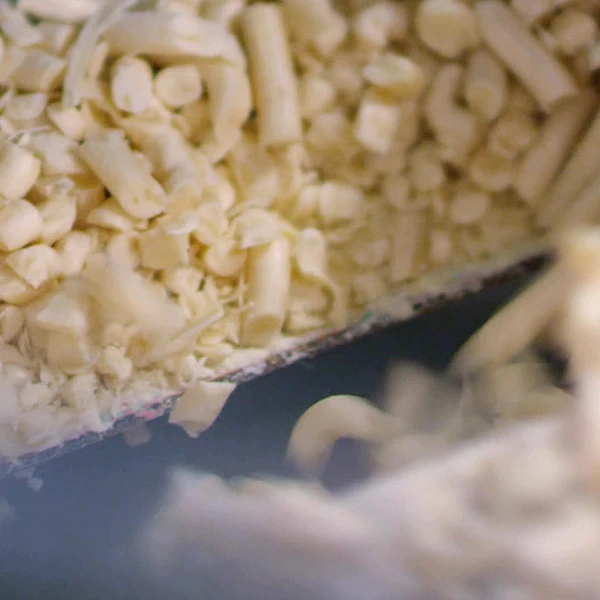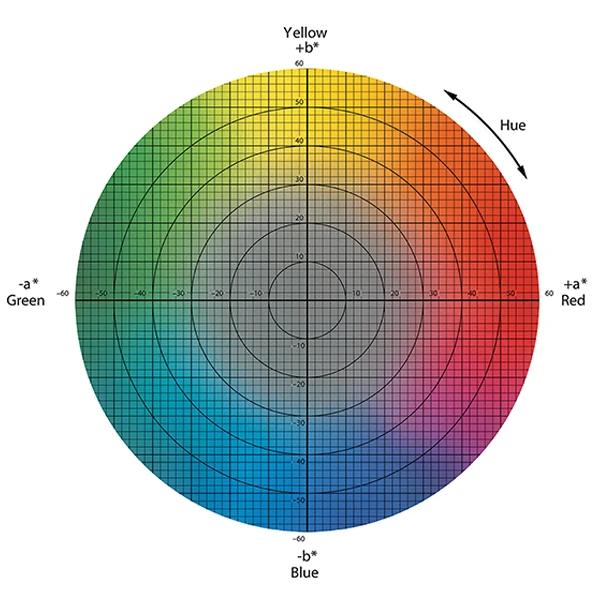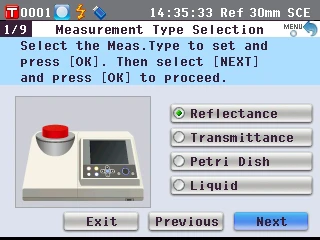Soap Noodles Color Measurement Made Easy With Spectrophotometer

The color of soap can have important implications for both the manufacturers and the consumers. For manufacturers, soap color can help communicate information about their soap products. For example, a purple-colored soap may signal that it has a lavender scent, while a more subdued color may indicate that it is intended for sensitive skin. Meanwhile, consumers tend to make judgments about the quality, efficacy, and scent of a soap product based on color. Soaps that are darker in color can often be perceived as having a stronger scent, while lighter-colored soaps tend to be milder. Hence, it is important for manufacturers to manage and control the color of their soap products.
Color control of soap products starts from their raw materials as they have a big impact on the final color, and one of the main materials is the soap noodles. Soap noodles, a fully saponified base material, are often selected as they help simplify soap production, offering convenience, time, and versatility to formulate many different types of soap products.
Visual Color Assessment
There are various ways to measure the color of soap noodles, including visual assessment and spectrophotometer. While the visual method is a quick way to assess color, it can be difficult to discriminate colors that resemble closely with each other. For soap noodles, it is especially challenging to visually assess their color consistently because they generally come in several shades of white that differ only slightly from one another. Additionally, visual assessment of color is subjective as different people may see colors differently, making it difficult to communicate and compare results between different observers. Also, the surrounding lighting conditions can affect how our eyes see color, so results can vary depending on the type of light source that is used.
Spectrophotometer Color Measurement

A more objective approach to measuring the color of soap noodles is through a spectrophotometer that is able to express color numerically. How a spectrophotometer work is that it measures how much light is absorbed or reflected by the sample before calculating and displaying it in standard color spaces like CIE L*a*b*, a commonly used color space across many industries. The CIE L*a*b* color space is a three-dimensional space where the L* axis represents the lightness of the color while the a* and b* axes represent the chromaticity. With a spectrophotometer, manufacturers can easily identify and grade the color of their soap noodles and even communicate their color, or color difference, precisely and easily with others.
Konica Minolta Color Measurement Solutions
Konica Minolta Sensing, a leading color measurement solutions provider, has a wide selection of color measurement instruments, like the Chroma Meter CR-410 and the Spectrophotometer CM-5, that can help measure and control the color of soap noodles accurately and consistently.
The Konica Minolta Chroma Meter CR-410 is a handheld color measurement instrument that can help manufacturers check the color of their soap noodles quickly and precisely. Besides the CIE L*a*b* color space, users can create their own custom color evaluation formula according to specific requirements with the user index function on the CR-410. They can also configure the color difference tolerance through the CR-410 for quick color Pass/Fail inspection of soap noodles. Watch this video to learn more about what CR-410 has to offer.

The Konica Minolta Spectrophotometer CM-5 is a versatile color measurement instrument that performs both reflectance and transmittance color measurements. With CM-5, users not only can measure the color of soap noodles but also measure and check the color quality of their raw materials, like palm oil, palm kernel oil, coconut oil, etc., with ease. Besides the CIE L*a*b* color space, the CM-5 can also display measurement results in other color spaces and indices like CIE L*C*h, Whiteness Index (WI), Yellowness index (YI), etc. The CM-5, when used together with the color management software SpectraMagic NX, enables users to create custom color evaluation formulas that suit their own applications. Watch the CM-5 video to learn more about its functions in greater detail.
Having trouble measuring the color of your soap noodles? Need advice on how to set up a color quality control program for your soap manufacturing? Contact our color specialists for a free consultation now.
